Blue Is The Warmest Colour
Blue Is The Warmest Colour
5 stars out of 5 (Masterpiece)
Director : Abdullatif Kechiche
French , 2013
(English subtitles available)
"But I have infinite tenderness for you....."
Sometimes it is impossible to draw the line between pornography and artistic requirement in a movie. 'Blue is the Warmest Colour's non-sexual content is enough to make this an outstanding film, what with the languorous yet mordant microscope with which director Abdullatif Kechiche looks at the life of an adolescent girl. Adele (Adele Exarchpoulos in a once-in-a-lifetime role) - the central character who courses through this movie like a sensuous reflective breeze- is a remarkable high-school girl to begin with: she's intelligent, spunky and attractive, with intellectual chops to boot. She's presented to us with such a sense of balance and honesty that I could never label her fake or laboured. The hitch in the craw erupts when she discovers her lesbian tendencies. That's where the boyish-looking Emma (a well-calibrated Lea Seydoux) enters the scene -her blue hair grades into her natural blonde later in the film and that change becomes confluent with the changing tide of this magnificent 170 minute picture. And then there are the graphic sex scenes: flat-out shameless and so devoid of artifice that it knocks out any remaining curtain of modesty. It is this blend of physical boldness and emotional wallop that makes "Blue is the Warmest Colour" a very rare picture. No wonder it won the Cannes Palme d'Or 2013.
Adolescence is a period which is only rarely used by cinema to generate dramatic legend -the key in such endeavours is to select a character who avoids artificial sentiment and one who is largely free of the irritating qualities of both children and adults. Adele proves a worthy candidate to have a top-class film built around her. She is a Lolita who's grown up while remaining in the uppermost reaches of the "nymphet" bracket - moreover her "bi-iliac garland" here just about manages to fit the bill. Her innocence is fast bleeding away, yet there's a fresh-hearted, even resilient optimism that makes her a joy to watch. Her face has swell, gentle spunk and composure - her hair is lifted and tied above the mid-level of the head, while a strand or two dangles in front of her face. Kechiche and his cowriters: Ghalia Lacroix and Julie Maroh, don't use her a gratuitous vehicle on to which they can foist manufactured triumphs. Instead they treat her like an adult and leave her to her own devices - in the movie's first frame she misses a bus, and in the very last one, she stumbles upon no great luck at the intersection of destiny.
Pic opens with arresting scenes, enhanced by that impossibly sexy and curvaceous language: Francaise. School for our protagonist (her real-life name is Adele Exarchpoulos - I was singularly struck by realization of her Greek provenance on noting her surname - in retrospect one better appreciates the voluptuous facial architecture and an oft-found sexual zing that many Greek females enviably possess) offers some pretty intense learning and discussion of literature and philosophy, while back home, she's shown settling down for dinner and eating spaghetti bolognaise with lusty appetite while licking the knife clean (why she needs a knife with pasta, I do not know - perhaps there's some meat in there, which is not shown to us). She herself testifies : "I can eat all day - even if I'm full" and we soon find that she's a girl of eclectic appetites. Soon a conversation with a boy who's hung on hard rock fails to enthuse her - Adele apparently digs the more cerebral stuff. Anyway, she's willing to engage in transactions of lower anatomy with him : we see her caught up in the hectic physicality of it all - her eyes widen as she receives his thrusts, but there's no definite evidence that she enjoyed intense intimacy in it. School-friends flatter to deceive her. That's when Emma the budding artist, who's older to her by about four years, comes in, and their physical rapture is eventually stripped bare. When Adele comes home after that turning point, her parents unsuspectingly hit the mark when they say "You had a great day?!"
I grew up in a high school where innocence had not yet been butchered for many students, and though the years since have shown me all kinds of adolescent depravity, it is still a jolt when I see the ferociously disinhibited teenagers (keep an anthropological eye out for a particularly leonine-looking quasi-cute girl in this pride) that prowl this movie's high school in innocent-looking gangs. Children of some other countries' high schools might look upon these students as teachers! French movies, whether they are European or Canadian ,often take the rouge-lashed gateau in this matter; I'm referring not to "400 blows" but to specimens like the "kids" in 'Leolo'. Witness a scene in "Blue..." where a girl in the campus is verbally beaten black and blue for her alleged sexual transgression, and it virtually amounts to black comedy when these same assailants smiling gather and gaily spring a surprise birthday bash on the same girl.
Kechiche also takes a running kick at the classes of abstract literature that Adele attends, but his attack takes time to manifest and is rather stealthy. At the start of the movie, the classes may dare to to be called intellectually bracing, but at a later stage in the story, when her friends viciously gang up on her and then the very next sequence shows her devastated face sitting in a class that discusses the "intrinsic quality of gravity in water", the immediate concerns that rack her seem so much more meaningful, urgent and real that she (we also get included) doesn't seem to give a flying fig about the abstract academic question the teacher directs at her.
Warning: If you want to get surprised by the movie's physically explicit content, do not read this paragraph. === Are the sexual scenes in BITWC integral to the movie's needs? If you're seeking a puritanical answer, you're not going to get it here. Like Ang Lee in Lust Caution, Kechiche wants to put us, as closely and viscerally as possible, in the position of his two young protagonists and until the day dawns when an apparatus in the movie theatre makes us the feel the exact effect and degree of somatic sensations experienced by the characters, films like 'Blue is the Warmest Colour' will come as close as they can get. As it is not a dedicated hard-core pornographic movie, there are no close-up shots of the vaginal introitus and the clitoris, but several shots involve charged coupling between the two fully naked girls, and there is ample scope for the viewer to get stimulated. Breasts and nipples are sucked, there's squeezing, groping, hand-holding from the extremes of their inverse positions; and penetration - considering no dildos are used - is substituted by cunnilingus and mutual masturbation. The latter technique gets so vigorous that I feared abrasion of their skin. To his shameless credit, Kechiche is unafraid to go the whole hog - he makes one heroine stuff her face into the gluteal cleft of the other, while the recipient of that affection quakes with pleasure. There are leisurely playful talks (a naughty paraphrasing of Sartre: "orgasm comes before essence!") between sex, and scenes of holding each other with their faces close by while they luxuriate in the fathomless intimacy of fond lovers. In one instance, there's a focused look at the resting fulfilled face of Adele as she grins with abashed pleasure, but note that even from an emotional rather than an age-related point of view, it is the visage of a girl, not a woman. Is the movie's intensity amplified by the sex? Of course. But even before the passionate lesbian sex starts, about one hour of the movie has already played - and all the way through to that juncture I was in no doubt that I watching an outstanding movie: Kechiche nails feelings and lust with equal elan.
I thought Adele by herself was a nice mix of Jack and Ennis of 'Brokeback Mountain' (an equal film of different technique and one which has no graphic sexual scenes). Her answer to "What's your favorite subject?" is a gem, comparable in simple but perfect wisdom to what Marji of 'Persepolis' says when asked "Is sex really what it is made up to be?" Going by a few initial glimpses, I thought the blue-haired girl was younger, but that changed after seeing both of them in an evening scene by a stream, and one is struck by how interesting their veneers are. Kechiche has a lot to work with here - even if the charged sex scenes were never there. Often in Emma, the physiognomy overtakes the character: in her oft-sported expression of upturned cheeks, compressed eyes, and that bob-cut hair, there's a kind of tough-hearted acknowledgement of her world's difficult circumstances. We see almost a cynical countenance, a weariness compared to the untarnished optimism and relative innocence of Adele. Emma's world is often executive, while Adele's is lushly reflective; the former's complexity is manifested only later, while Adele's is laid bare from the get-go. Their bodies invite an interesting cross-comparison: Adele has a full sensuous face but the rest of her body's flesh has the restraint of a girl (which of course she is), while Emma's boyish face is offset by fuller breasts and fairly callipygian assets. Even their parents are essentially different - prissy bourgeoisie ideals are expressed from the younger girl's parents - especially her father - while the latter's folks couldn't care less - her mother even smokes at the dinner table.
The female-female dynamic plays in wonderful off-key notes compared to a typical male-female relationship.There's a party at which many of Emma's friends gather while Adele does the cooking for the event. Adele becomes a hit in the party - in fact she becomes more popular than Emma amongst the latter's friends. Though the crowd is young, they are nice, knowledgeable and cultured - just as Adele herself acknowldeges, and they're a world apart from her own greenhorn friends. Later that night, as they both lie naked in bed, Emma encourages Adele to do more in life - to not waste her talent for writing, while Adele reports that she's content just being with Emma. A male might very well have been threatened by this infraction upon his turf by his mate, but the dyke-like Emma shows dual qualities - the best of both man and woman.
The assiduous mostly hand-held camera only rarely calls attention to itself, and when it does it is praiseworthy - there's a sequence in which an angry Adele storms down a long passageway and the lens speedily floats in tandem, watching her from the front - her friends seated at a mid-way point call out to her - the camera flicks towards them and quickly cuts back to Adele as she strides past and exits the school. Play of sunshine between the two girls in an evening brookside scene, acquires poetic shades of wistful romance. Background music is resolutely minimalistic - mostly filling in the void with silent cadences of the narrative itself, while music from speakers in the mise en scene is often used to naturally colour in the acoustic palette. The only time when we actually hear conventional background music is when Tunisian percussion drums up a stoical rhythm to inform a static frame that closes out this adolescent scorcher.
For allegations that the director exploited his leads by subjecting them to those graphically animalistic scenes, other critics have defended him and cited his impartiality by noting that he gives us several shots of the Adele eating, reflecting and sleeping. One particular shot of the last mentioned act shows her dozing with her mouth slightly ajar in the center, showing in a rather winsome way, her prominent upper central incisors. This shot reminded me of a certain line in Nabokov's Lolita : "I ascertained that Lo was still sound asleep (mouth open, in a kind of dull amazement at the curiously inane life we had all rigged up for her)" In one scene which is sandwiched between two of her encounters with Emma, we observe that she's filled with guilt and ambiguity - she dully goes through the motions of her work as a nursery teacher. The verve of her previous interactions with these kids is missing - that scene is not so much a pillow shot as it is a foundation one - a synecdoche for the emotional rigour and patient observation with which we are shown her world.
Few movies have watched a girl as intently as this one does. Short of showing her in the toilet, the director lets us witness all other facets of her life - even the day to day putatively banal scenes that several other film-makers would have ignored. But it is always interesting, in fact it is a privilege to watch this acutely followed record of her life. Adele writes a diary which she shows to no one, but we are able to to continuously see the real life that dictates that diary's contents. That is a pleasure which is beyond voyeurism.
UPN
UPNWORLD welcomes your comments.

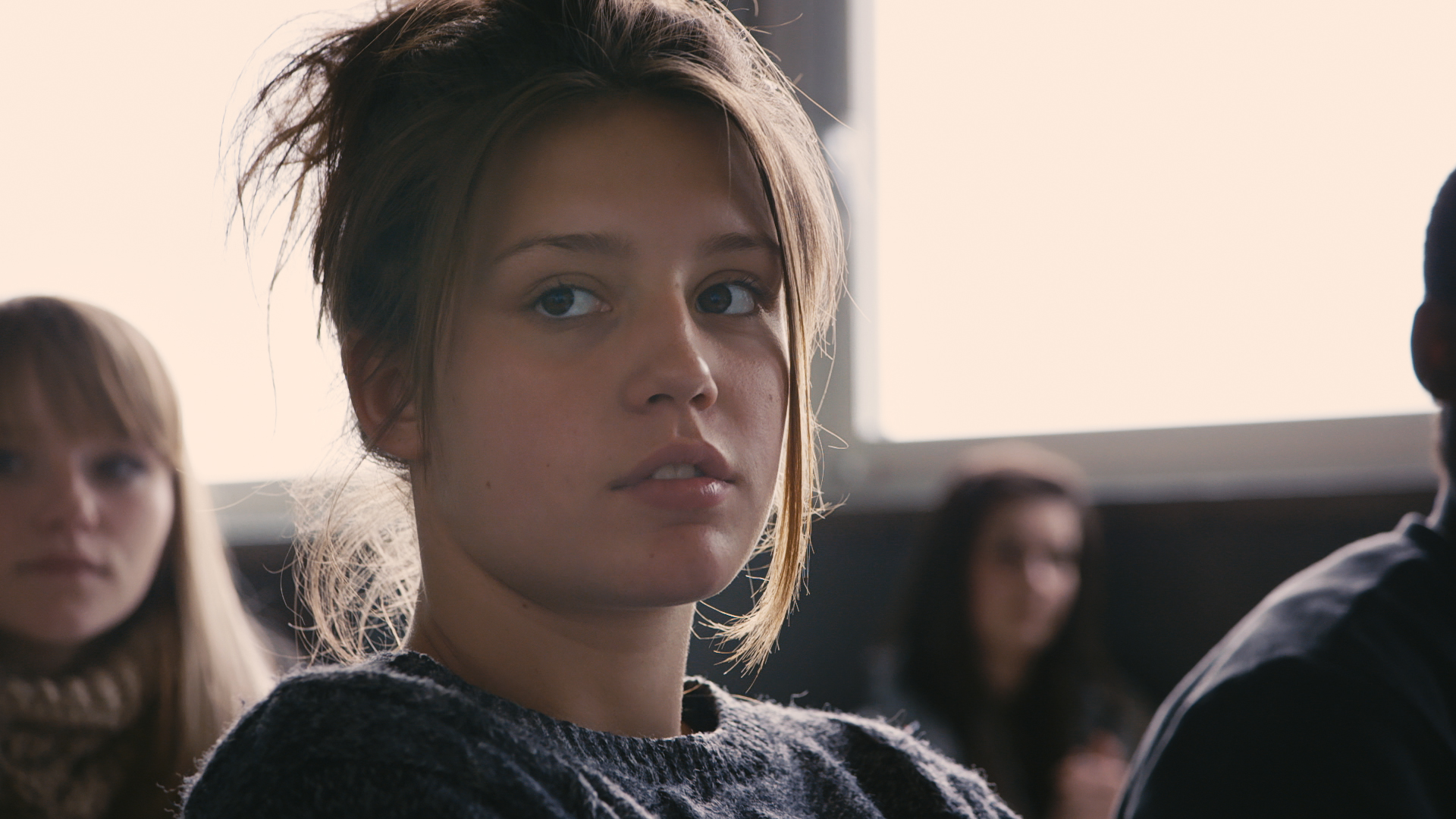
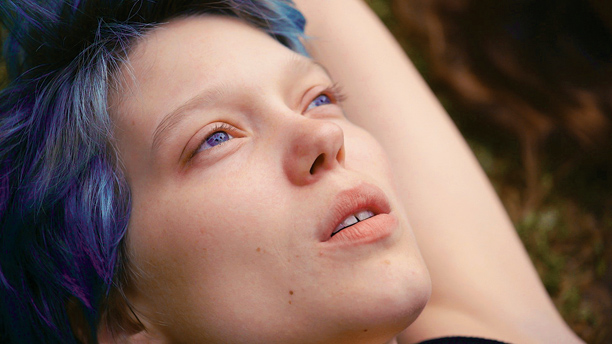
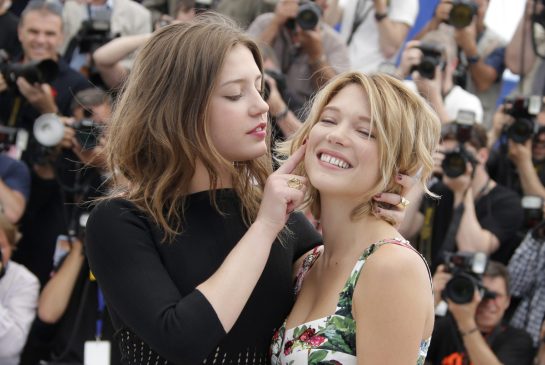
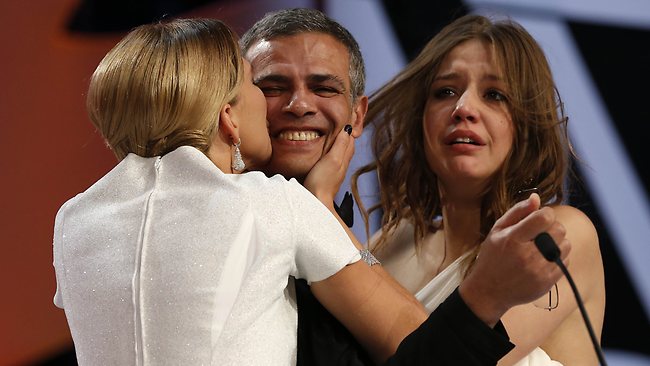
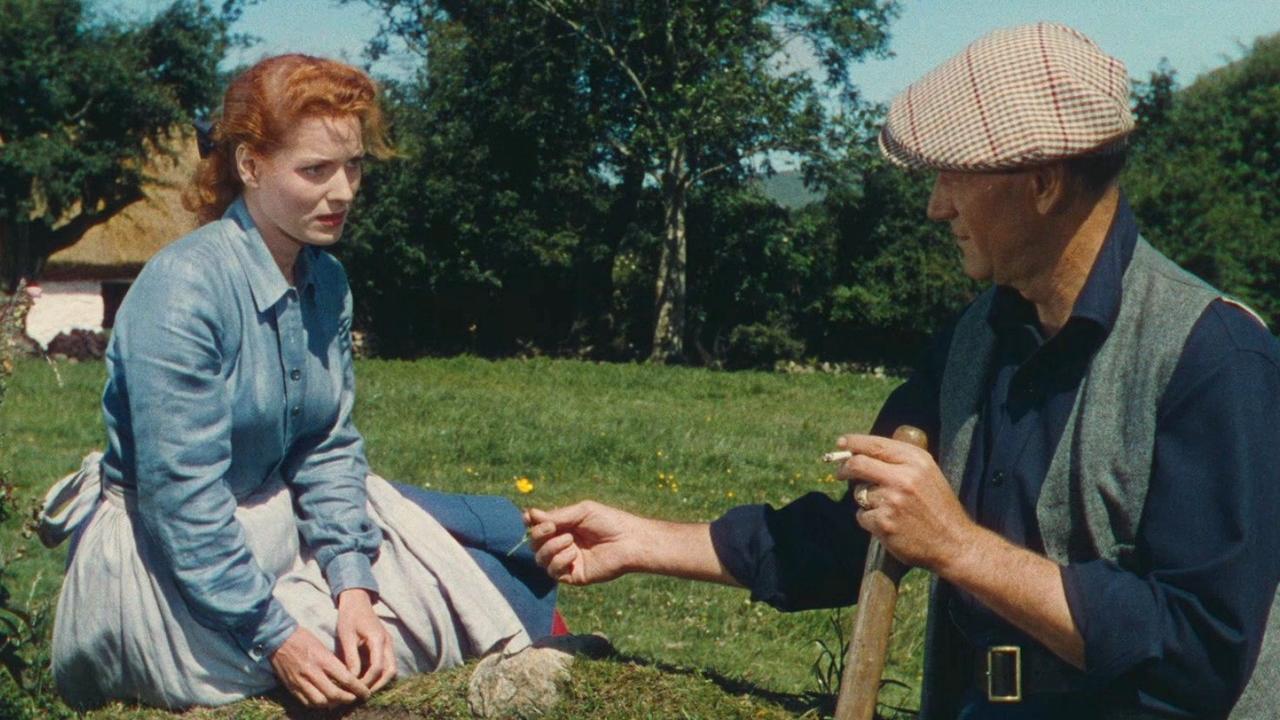
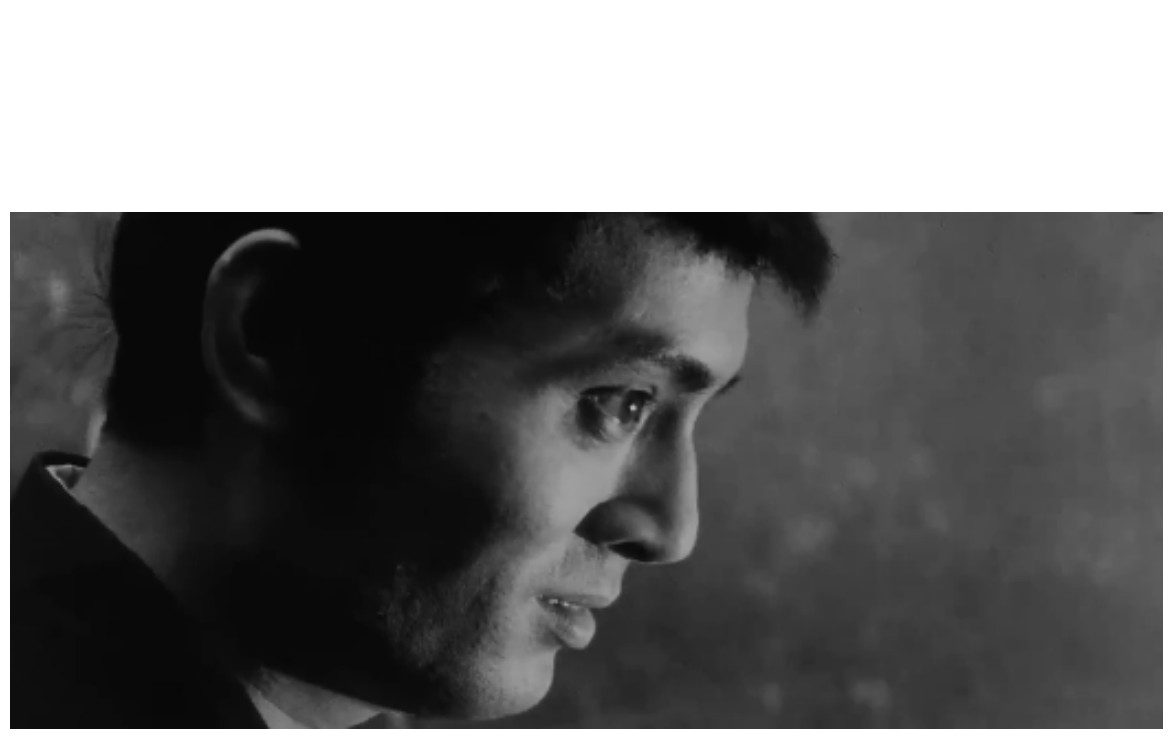
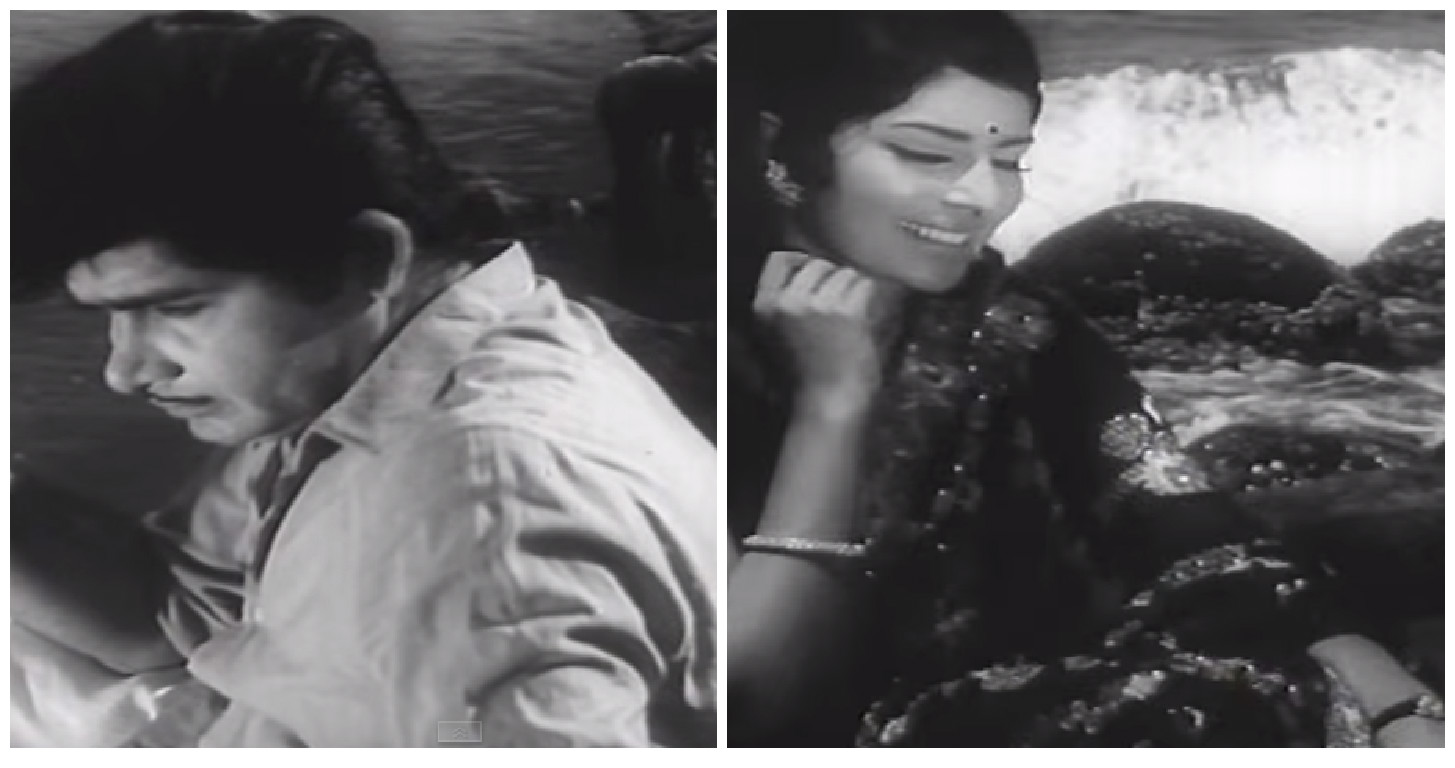
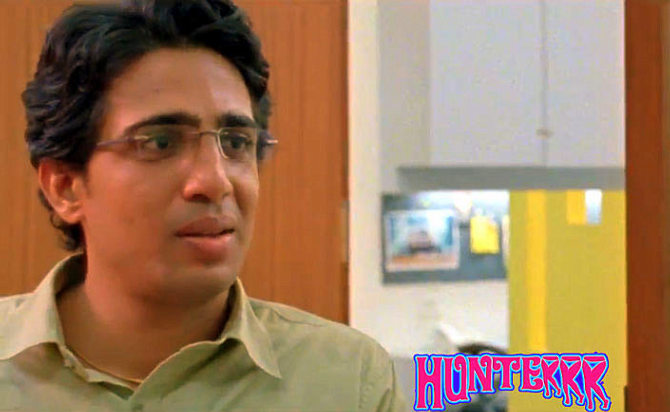




0 COMMENTS
WRITE COMMENT